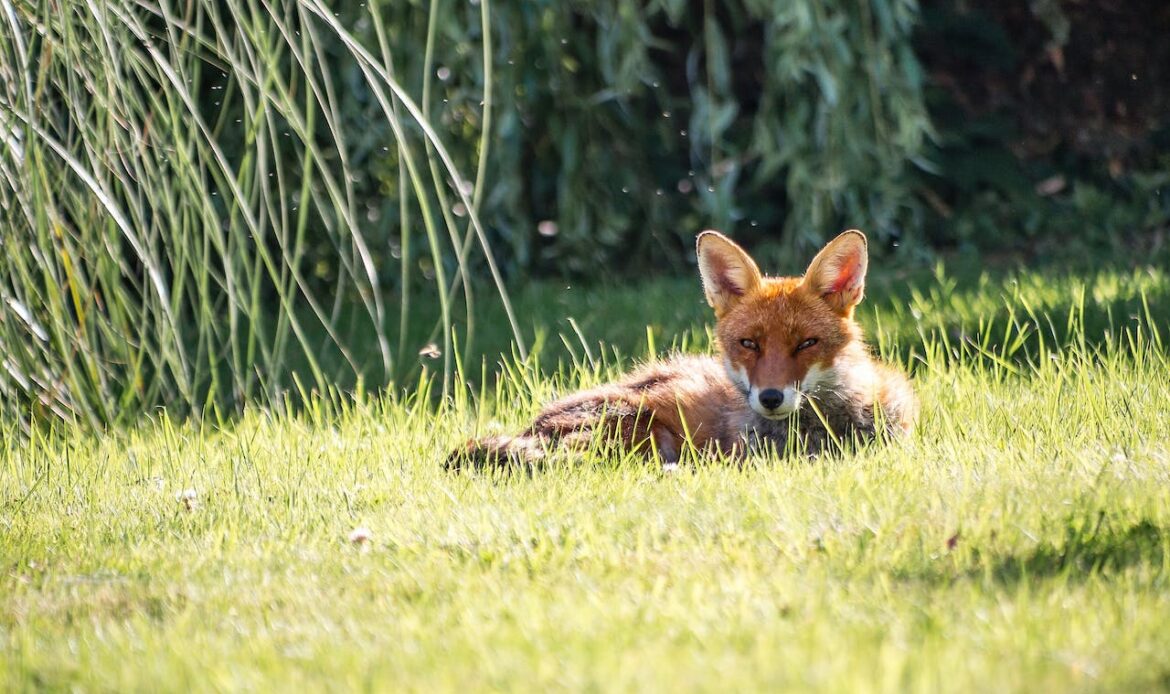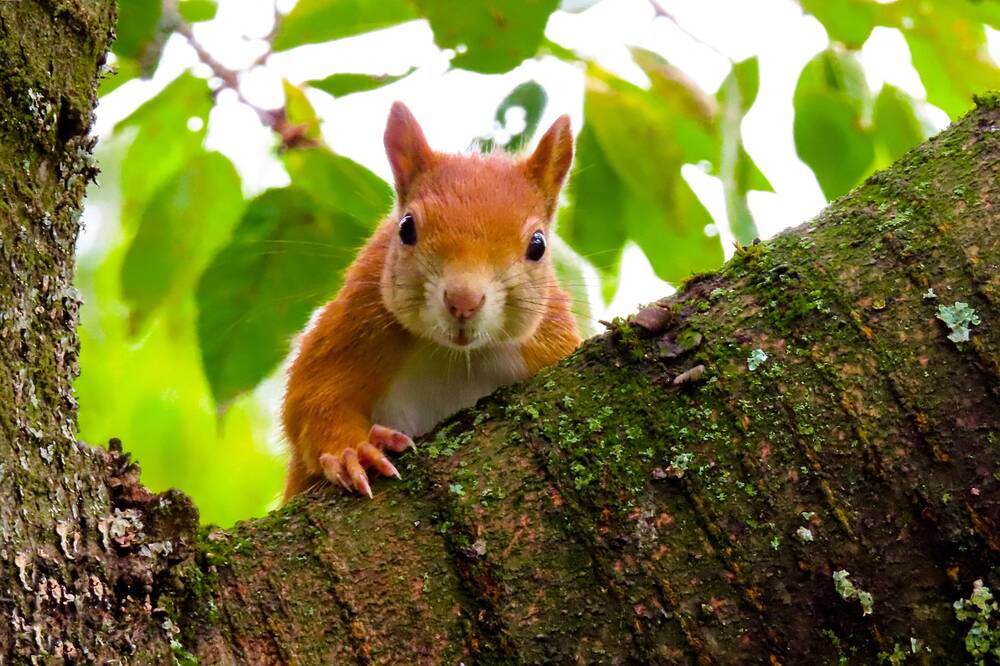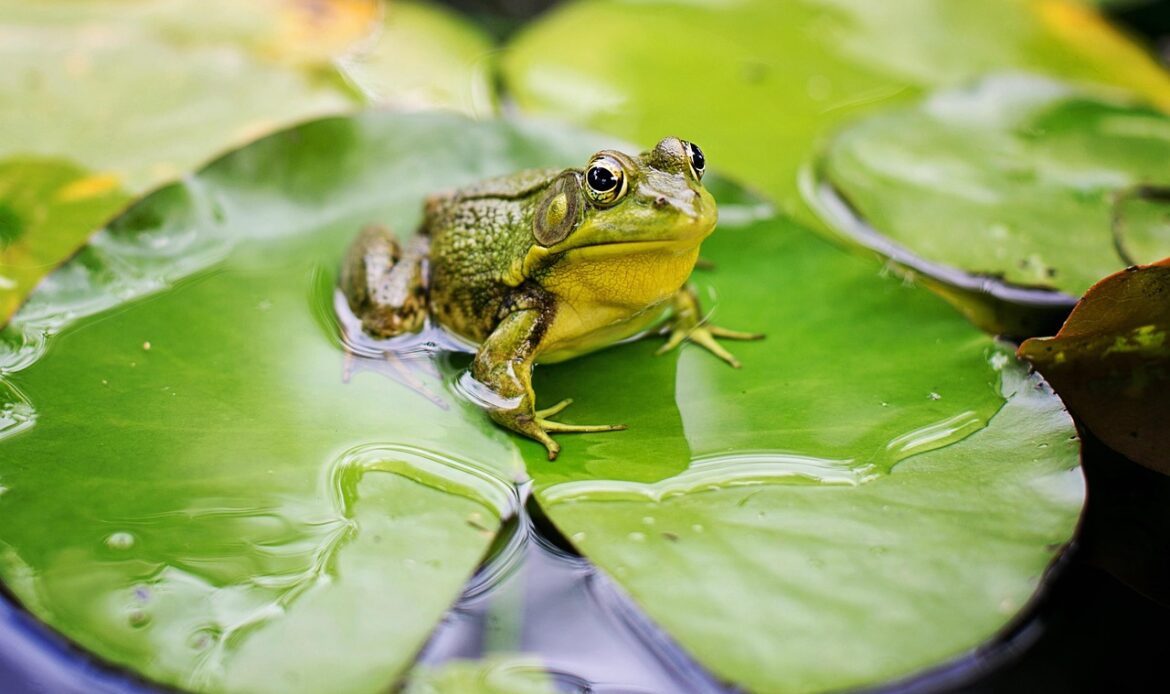Habitat Banks are a crucial part of the Biodiversity Net Gain policy for creating different types of biodiversity in different habitats.
What are Habitat Banks?
Habitat banks serve as innovative tools to counterbalance ecological disruptions caused by human activities. They are usually required by planning authorities to compensate for habitat loss.
These are prime areas where people can implement a significant improvement in biodiversity, bringing significant environmental improvements as habitat banks are typically above 20 hectares.
Prime targets for habitat banks are degraded or neglected land. Through a habitat bank, the habitats will be enhanced and restored over at least 30 years. This is achieved when developers purchase credits to fund site management and improvement.
The Importance of Habitat Banks
Habitat banks play a critical role in mitigating the pervasive impact of human activities on ecosystems.
By fostering biodiversity conservation and participating in the restoration of degraded areas, these banks contribute significantly to overall environmental health.
Striking a balance between developmental needs and ecological preservation, habitat banks provide a practical framework for sustainable growth, embodying a commitment to responsible stewardship of the planet.
These are crucial for our local ecosystems, wildlife, nature and animals, combatting pervasive habitat and biodiversity loss from years of developments.
Types of Habitat Bank
When creating a habitat bank, there are a multitude of habitat options to choose from. These are usually specialised forms tailored to address specific ecosystems.
Wetland banks focus on preserving water-dependent habitats, woodland banks target forested areas, and riparian banks concentrate on ecosystems along water bodies. Grassland banks contribute to the preservation of grassy ecosystems, marine banks address underwater habitats, and urban habitat banks promote green spaces within cities.
Additionally, species banks focus on specific plant or animal species, ensuring genetic diversity and aiding in the recovery of endangered populations.
Wetland

Vital to our ecosystem, wetlands in the UK serve as nature’s purifiers, storing carbon and regulating water flow.
Rich in biodiversity, they offer ideal habitats for dragonflies, damselflies, wading curlew, and snipe, as well as carnivorous plants and butterflies.
These rain-soaked lands act as natural solutions to climate change, with plant matter decaying in waterlogged conditions, holding significant carbon.
Peat-forming wetlands, like raised bogs, are crucial habitats for sundew and marsh violet, acting as ‘carbon sinks’ and playing roles in flood defence and water purification.
However, industrial-scale practices threaten these vital ecosystems, emphasising the need for conservation efforts and sustainable management.
Woodland

British woodlands, covering 13% of the land area, play a vital role in climate change mitigation, absorbing approximately 21 million tonnes of carbon dioxide annually.
Beyond their recognized carbon storage potential, these woodlands, particularly wet woodlands, contribute significantly to flood control, slowing downstream water flow post-heavy rain events.
The historical evolution of woodlands, shaped by human impact, reflects a complex interplay of climate change and land use.
Despite challenges like habitat fragmentation and disease, the conservation of woodlands remains crucial, with The Wildlife Trusts actively managing reserves to sustain biodiversity and encourage natural regeneration, emphasising the multifaceted importance of these ecosystems.
Riparian Banks
Riparian habitat banks specialise in ecosystems along water bodies, playing a crucial role in protecting riverbanks and streamside areas.
These banks contribute significantly to preventing erosion, maintaining water quality, and supporting the health of both aquatic and terrestrial species.
By addressing the unique challenges of riparian zones, these habitat banks ensure the preservation of essential habitats, fostering biodiversity along watercourses and contributing to the overall well-being of riparian ecosystems.
Grassland

Integral to our cultural heritage, flower-rich grasslands, historically a part of every farm, evolved alongside humans due to livestock grazing and hay cutting.
Classified into upland and lowland, grasslands thrive on diverse soils—calcareous, acidic, or neutral. Meadows, enclosed for hay or silage, and pastures, grazed areas, define grassland usage.
UK grasslands store two billion tonnes of carbon, contributing to biodiversity. Despite historical degradation from fertilisers and ploughing, preserving unimproved, species-rich grasslands remains crucial.
The decline in grasslands, both lowland and upland, poses threats to rare species like orchids, waxcap fungi, and blue butterflies, emphasising the importance of conservation efforts.
Marine

Marine habitat banks address the conservation and restoration of underwater ecosystems, playing a crucial role in protecting marine biodiversity.
These banks encompass diverse habitats such as coral reefs and seagrasses, contributing to the overall health of oceans and seas.
By promoting sustainable fisheries and safeguarding critical marine environments, these habitat banks ensure the resilience of marine ecosystems, benefiting both aquatic life and the communities that depend on healthy marine resources.
Urban Habitat Banks

Urban habitat banks focus on creating and preserving green spaces within urban environments.
These banks contribute to improved air quality, enhanced biodiversity in cities, and the provision of recreational spaces for urban residents.
By integrating nature into urban planning, these habitat banks promote a harmonious coexistence of city life and the natural world, fostering well-being and ecological balance within urban landscapes.
Species Banks

Species habitat banks concentrate on specific plant or animal species, aiming to safeguard genetic diversity, prevent species extinction, and support the recovery of endangered or vulnerable populations.
By providing dedicated habitats and conservation efforts for targeted species, these banks contribute significantly to global biodiversity conservation.
The focus on individual species ensures that habitat banks address the specific needs and vulnerabilities of particular organisms, playing a critical role in the preservation of Earth’s biological diversity.
Mixed Scrub
Mixed scrub habitat banks target areas with a mix of shrubs, small trees, and open spaces, contributing to habitat diversity.
These banks provide suitable environments for various species, enhancing landscape resilience.
By supporting transitional ecosystems, mixed scrub habitat banks play a role in maintaining ecological balance and facilitating the adaptation of plant and animal communities to changing environmental conditions.
The focus on mixed scrub habitats adds to the overall diversity of preserved environments within habitat banking initiatives.
Rewilding Sites

Rewilding habitat banks focus on restoring large-scale ecosystems to their natural state. These sites promote self-sustaining biodiversity, allowing ecosystems to function with minimal human intervention.
Rewilding banks aim to recreate natural processes, reintroduce keystone species, and enhance ecological resilience.
By addressing landscape-level conservation, rewilding habitat banks contribute to the restoration of ecological processes and the creation of interconnected habitats, fostering the long-term sustainability of natural ecosystems.
Habitat Bank Sizes
Habitat banks vary in size, from small-scale projects to large reserves, depending on ecological goals, habitat needs, and the scale of environmental impact mitigation.
Larger habitat banks often yield more significant conservation benefits and support a broader range of species.
The size of a habitat bank is a crucial factor in determining its overall impact on biodiversity conservation and habitat restoration, with larger banks having the potential to provide more extensive and interconnected habitats for diverse plant and animal communities.
Usually they are larger than 20 hectares, but can vary. In some areas one bank will include multiple smaller pockets of land in one large bank.
Habitat Banks and BNG
Habitat banks are closely associated with Biodiversity Net Gain (BNG), an approach ensuring that development projects result in a net positive impact on biodiversity.
They both ensure long term habitat management and biodiversity gain to attain environmental restoration.
By incorporating habitat banks into BNG strategies, developers can offset biodiversity loss, contribute to conservation goals, and enhance the overall ecological value of the landscape.
The integration of habitat banks with BNG principles represents a proactive approach to environmental management, promoting sustainable development practices that prioritise the protection and restoration of biodiversity.
Habitat Bank Creation
Creating a habitat bank involves meticulous planning, habitat assessment, and active restoration or creation efforts.
Collaboration between environmental experts, conservationists, and developers is essential.
The process includes identifying suitable sites, implementing habitat restoration or creation measures, and establishing long-term management plans to ensure the sustained success of the habitat bank.
Habitat bank creation requires a comprehensive understanding of local ecosystems, conservation priorities, and the specific needs of target plant and animal species.

